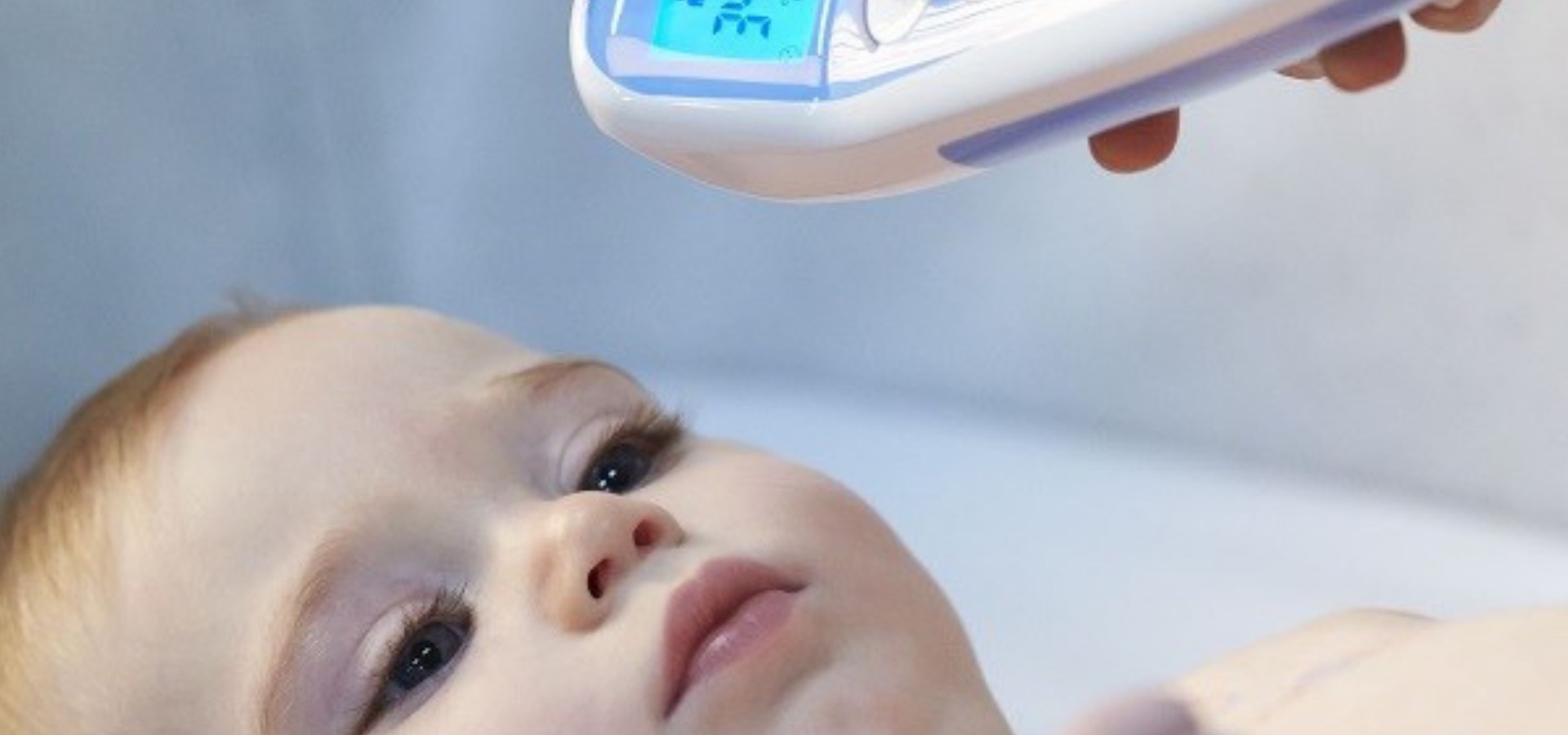
How to choose Pre-Primary School
Choosing a school for your little one should not be a last minute, hasty decision. Start looking at least three months before you need to enter your child, if you are looking to place a baby. If you want your child to join a good school when they turn three, you should start looking at birth. This may seem ludicrous but the top Pre-Primary schools have waiting lists several years long! The first decision is whether to place your child in a school near home or near your place of work. Small children suffer from many little illnesses and most schools want a sick child to go home as soon as possible. Choose a school that is close enough for someone to fetch them promptly if they fall ill. No matter how loving the care at school, a sick child just wants the comfort of home. Choose a school whose hours suit your schedule. If the school closes at 5.30pm, you must be able to reach it with time to spare, regardless of the traffic. Does the school open early enough for you to get to work? You cannot leave a small child outside the gate and assume that someone will take responsibility! There are so many places of care to choose from at the moment that you may be bewildered by the choice. Take the time to visit the school unannounced. Check the security first, it should not be possible for you just to drive in. Are there cameras at the door and an entrance procedure? Next, how are you greeted and dealt with by the receptionist? This should be efficient, friendly and with an offer to show you the school, either then or by appointment. An appointment does not mean they have anything to hide; good schools have to allocate time and staff to deal with parents effectively. Is the reception clutter free and efficiently run? Are the admittance forms neatly printed and requesting sufficient background detail on your child? When you look around, watch the children. Under-fives should be playing freely and busily with clean, unbroken toys that are well displayed to enable choice, or engaged in activities that are stimulating creativity or enhancing number or literacy skills. There should be no worksheets or cloned art work. Is the classroom clean and attractive, with good natural light and ventilation? Is there sufficient space for the children? Crowded rooms lead to fights and stress. Has the teacher (who should be SACE registered) an assistant to manage bathroom visits, messes and to support play? Is there evidence of an overall theme that the children are investigating? Are there good quality books in a comfy spot for reading? Are the carpets and floors clean? Beware of schools that are too tidy and immaculate as this could mean that the equipment is for display, not the children’s use. Children should be aware of your presence but not clamouring for your attention. What is your language policy for your child? If they are to attend Primary school in a specific language, they will be at an advantage if their early years are spent in the same language. This does not mean that you should forsake your home language. Bi-lingual children have a cognitive advantage, but do not confuse your child by subjecting him/her to a constant mixture of languages. Choose a school that will help your child enter grade 1 with a strong vocabulary and comprehension, as well as an ability to engage in their intellectual education with understanding. What do you require in the way of meals? Not all schools serve breakfast, lunch and snacks and the price should reflect what is provided. Check out the kitchen, the kitchen staff and the certificates from the local authority indicating that the school is licenced to provide meals. Look at the menus. Is there sufficient variety and fresh fruit and vegetables? Ask about who feeds the little ones and how meals are conducted for the older ones. Are the children forced to eat their meals? Can the school cater for genuine allergies, (Not fussy eaters!) If your child is still a baby, check the policies on formulas, nappies, wet wipes etc. If the school supplies everything, it may be a little more expensive but well worth your while in terms of convenience. Look at the nappy changing areas, where everything should be neatly labelled and the area safe and well ventilated, with proper disposal facilities. Potty training areas should be bright and welcoming, with small toilets for children aged two plus. Are the baby rooms warm enough for the babies to play and crawl on the floor and not be kept in a cot all day. Who provides the cot linen and how often is it washed? There should be a nursing sister available for very young babies, as well as well-trained carers who will talk to and stimulate your child. The outdoor area should have grass, sand, water, shade and wheeled toys, as well as safe climbing and swinging equipment, appropriate for the different age groups. Children are stimulated by their environment so the garden should be attractive, bright and well supervised. Gross motor development underlies all other development at this age so there should be a minimum of an hour per morning and afternoon set aside for active, outdoor play. Last but not least, the atmosphere of the school should be welcoming and child friendly. Do not be swayed by the latest technological devices and lessons if the staff seem aloof and uncaring. With proper research your child should be happy and well stimulated in the chosen environment until it is time for Big School. Written By: Barbara Eaton (Academic Development Co-ordinator of ADvTECH Pre-Primary Schools)


































